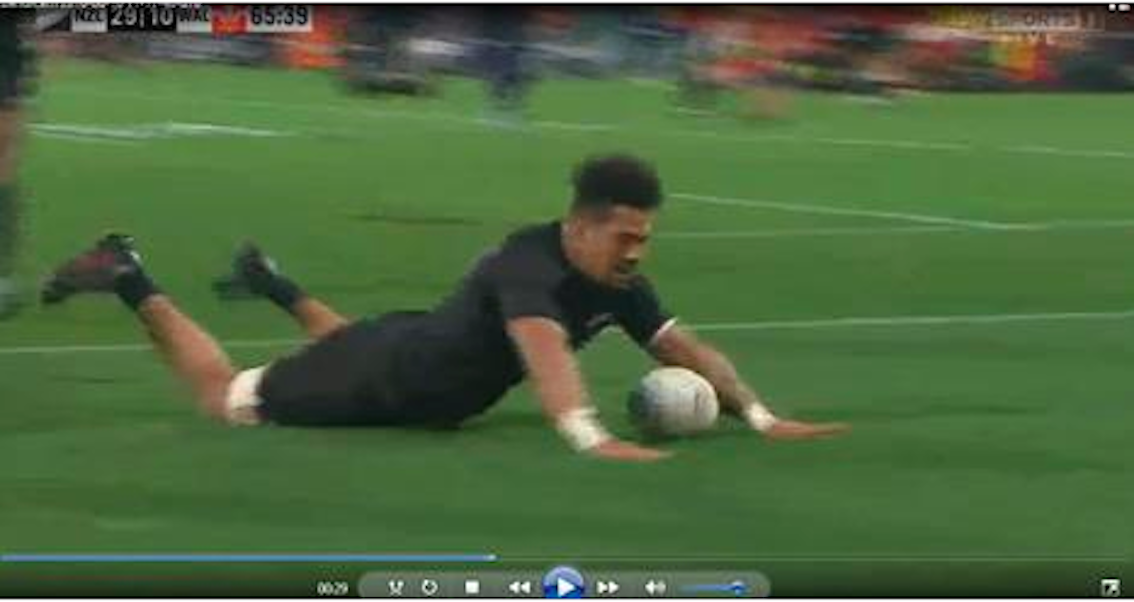- Select a language for the TTS:
- UK English Female
- UK English Male
- US English Female
- US English Male
- Australian Female
- Australian Male
- Language selected: (auto detect) - EN
Play all audios:
ABSTRACT Acute lymphoblastic leukemia (ALL) is the most frequent cancer encountered in children. Little is known about the molecular pathology of childhood T cell ALL. Oncogenesis is a
multistep process that involves alterations in proto-oncogenes and tumor suppressor genes. Recently, a mutator phenotype detectable by microsatellite instabilities was shown to be associated
with predisposition to cancer. This new mechanism for human carcinogenesis is caused by defects in the DNA replication/repair system. To study the involvement of some of these mutational
events in the development of T cell ALL, we have initiated a systematic search for losses of heterozygosity (LOH) and microsatellite instabilities in children affected with this disease.
These patients were allelotyped by PCR using 56 microsatellite markers located near known or putative tumor suppressor genes. The microsatellite patterns were altered in more than 80% of the
patients. LOH were detected in chromosomes 6p, 12p and 9p. Two third of the patients were deleted for chromosome 9p21, suggesting the involvement of a tumor suppressor gene, probably the
p16 gene. The only patient refractory to chemotherapy was shown to be associated with a mutator phenotype. This is the first documented case of a childhood neoplasia associated with genomic
instabilities. Our results suggest that defects in DNA replication/repair components are involved in the development of a subset of childhood T cell ALL. Access through your institution Buy
or subscribe This is a preview of subscription content, access via your institution ACCESS OPTIONS Access through your institution Subscribe to this journal Receive 12 print issues and
online access $259.00 per year only $21.58 per issue Learn more Buy this article * Purchase on SpringerLink * Instant access to full article PDF Buy now Prices may be subject to local taxes
which are calculated during checkout ADDITIONAL ACCESS OPTIONS: * Log in * Learn about institutional subscriptions * Read our FAQs * Contact customer support SIMILAR CONTENT BEING VIEWED BY
OTHERS THE GENOMIC BASIS OF CHILDHOOD T-LINEAGE ACUTE LYMPHOBLASTIC LEUKAEMIA Article 14 August 2024 INHERENT GENOME INSTABILITY UNDERLIES TRISOMY 21-ASSOCIATED MYELOID MALIGNANCIES Article
20 January 2024 THE GENOMIC LANDSCAPE OF PEDIATRIC ACUTE LYMPHOBLASTIC LEUKEMIA Article 01 September 2022 AUTHOR INFORMATION AUTHORS AND AFFILIATIONS * Division of Hematology-Oncology,
Centre de Cancérologie Charles Bruneau, Canada A Baccichet, N Benachenhou, F Couture, J-M Leclerc & D Sinnett * Research Center, Sainte-Justine Hospital, Canada A Baccichet, N
Benachenhou & D Sinnett * Department of Pediatrics, University of Montreal, Canada J-M Leclerc & D Sinnett Authors * A Baccichet View author publications You can also search for this
author inPubMed Google Scholar * N Benachenhou View author publications You can also search for this author inPubMed Google Scholar * F Couture View author publications You can also search
for this author inPubMed Google Scholar * J-M Leclerc View author publications You can also search for this author inPubMed Google Scholar * D Sinnett View author publications You can also
search for this author inPubMed Google Scholar RIGHTS AND PERMISSIONS Reprints and permissions ABOUT THIS ARTICLE CITE THIS ARTICLE Baccichet, A., Benachenhou, N., Couture, F. _et al._
Microsatellite instability in childhood T cell acute lymphoblastic leukemia. _Leukemia_ 11, 797–802 (1997). https://doi.org/10.1038/sj.leu.2400650 Download citation * Received: 05 September
1996 * Accepted: 11 February 1997 * Issue Date: 01 June 1997 * DOI: https://doi.org/10.1038/sj.leu.2400650 SHARE THIS ARTICLE Anyone you share the following link with will be able to read
this content: Get shareable link Sorry, a shareable link is not currently available for this article. Copy to clipboard Provided by the Springer Nature SharedIt content-sharing initiative
KEYWORDS * mutator phenotype * microsatellite instability * mismatch repair loci, childhood T cell leukemia * relapse






